Planning a trek in the stunning landscapes of Sapa, Vietnam? Wondering, “Do I Need A Guide For Trekking Around Sapa? Is It Easy To Get Lost?” You’re not alone! Exploring Sapa’s rice terraces and vibrant culture independently is entirely possible, and SIXT.VN is here to help you navigate your adventure. We offer convenient services like airport transfers, comfortable hotel bookings, and insider tips to make your DIY trekking experience safe and unforgettable. Discover the freedom of self-guided tours, explore hidden gems, and create lasting memories in Sapa with confidence.
1. Is Trekking in Sapa Without a Guide Possible?
Absolutely! Trekking in Sapa without a guide is not only possible but also a popular choice for independent travelers seeking a more authentic and budget-friendly experience. With the right preparation and resources, you can confidently explore Sapa’s breathtaking landscapes on your own.
- Flexibility and Freedom: Trekking independently allows you to set your own pace, choose your own routes, and stop whenever and wherever you like. You’re not bound by a group itinerary, giving you the freedom to explore Sapa at your own rhythm.
- Cost-Effective: Hiring a guide can add a significant expense to your trip. By trekking independently, you can save money and allocate your budget to other experiences, such as delicious local cuisine or comfortable accommodations.
- Authentic Cultural Immersion: When you trek without a guide, you have more opportunities to interact with local villagers on your own terms. This can lead to more genuine and meaningful cultural exchanges.
2. Understanding the Terrain and Trails of Sapa
Sapa’s terrain is characterized by rolling hills, lush rice terraces, and winding mountain trails. While the scenery is stunning, it’s essential to understand the terrain to navigate safely and effectively.
- Rice Terraces: Sapa is famous for its iconic rice terraces, which cascade down the hillsides like giant green staircases. These terraces can be steep and uneven, requiring sturdy footwear and careful footing.
- Mountain Trails: The trails around Sapa range from well-maintained paths to more rugged and challenging routes. Some trails may involve steep ascents and descents, slippery surfaces, and river crossings.
- Weather Conditions: Sapa’s weather can be unpredictable, with mist, fog, and rain common, especially during the wet season (May to September). These conditions can affect visibility and trail conditions, making navigation more challenging.
3. Key Considerations Before Trekking Independently in Sapa
Before embarking on a self-guided trek in Sapa, it’s crucial to consider several key factors to ensure a safe and enjoyable experience.
- Fitness Level: Assess your physical fitness and choose a trek that matches your capabilities. Sapa’s terrain can be demanding, so it’s essential to be in reasonably good shape.
- Navigation Skills: Familiarize yourself with basic navigation techniques, such as map reading and using a compass or GPS device.
- Local Customs and Etiquette: Respect local customs and traditions by dressing modestly, asking permission before taking photos, and being mindful of noise levels.
4. Essential Tools and Resources for Independent Trekkers
Having the right tools and resources can make all the difference when trekking independently in Sapa. Here’s a list of essentials:
| Tool/Resource | Description |
|---|---|
| Map and Compass | A detailed topographic map and a reliable compass are essential for navigating Sapa’s trails. |
| GPS Device/App | A GPS device or smartphone with a GPS app can provide real-time location tracking and help you stay on course. Consider using offline maps to avoid relying on internet connectivity. |
| Sturdy Hiking Boots | Invest in a pair of comfortable and supportive hiking boots with good traction to tackle Sapa’s uneven terrain. |
| Appropriate Clothing | Pack layers of clothing to adapt to changing weather conditions. Include moisture-wicking fabrics, a waterproof jacket, and a hat to protect yourself from the sun and rain. |
| First-Aid Kit | Carry a comprehensive first-aid kit with essentials like bandages, antiseptic wipes, pain relievers, and any personal medications you may need. |
| Plenty of Water | Stay hydrated by carrying an adequate supply of water, especially on longer treks. Consider using a water filter or purification tablets to ensure the water is safe to drink. |
| Snacks | Pack high-energy snacks like trail mix, energy bars, or dried fruit to keep your energy levels up throughout the trek. |
| Fully Charged Phone | Ensure your phone is fully charged before starting your trek to use for navigation, communication, and emergencies. A portable charger can also be useful for longer treks. |
5. How to Avoid Getting Lost: Navigation Tips and Tricks
Getting lost can be a frightening experience, especially in unfamiliar terrain. Here are some tips and tricks to help you stay on track:
- Plan Your Route Carefully: Before setting out, study your map and GPS device to plan your route. Note landmarks, trail junctions, and potential hazards.
- Pay Attention to Trail Markers: Keep an eye out for trail markers, such as painted blazes, cairns (stacks of rocks), or signs. These markers can help you stay on the correct path.
- Use a Compass: If you’re using a compass, take regular bearings to ensure you’re heading in the right direction.
- Backtrack If Necessary: If you’re unsure of your location, don’t hesitate to backtrack to the last known point.
- Ask for Directions: If you encounter locals along the way, don’t be afraid to ask for directions. However, be aware that language barriers can sometimes make communication difficult.
- Trust Your Instincts: If something doesn’t feel right, trust your instincts and re-evaluate your route.
6. Popular Trekking Routes in Sapa for Independent Travelers
Sapa offers a variety of trekking routes suitable for independent travelers of all fitness levels. Here are some popular options:
| Route | Difficulty | Duration | Description |
|---|---|---|---|
| Muong Hoa Valley Trek | Easy to Moderate | 1-2 days | This scenic trek takes you through the stunning Muong Hoa Valley, famous for its rice terraces and traditional villages. You’ll pass through Lao Chai, Ta Van, and Giang Ta Chai villages, where you can experience the local culture and hospitality. |
| Cat Cat Village Trek | Easy | Half-day | This short and easy trek leads to Cat Cat Village, a popular tourist destination known for its traditional Hmong culture and crafts. While it can be crowded, it’s a good option for a leisurely walk with beautiful views. |
| Sin Chai Village Trek | Moderate | Full day | This trek takes you past Cat Cat Village, underneath the Fansipan Cable Car, past schools and through traditional villages. |
| Fansipan Peak Trek | Challenging | 2-3 days | This challenging trek takes you to the summit of Fansipan, the highest peak in Indochina. It’s a strenuous climb that requires good physical fitness and experience, but the panoramic views from the top are well worth the effort. Note: It is recommended to hire a guide for this trek, even for experienced hikers. |
7. Safety Precautions for Trekking Without a Guide
Your safety is paramount when trekking independently. Here are some essential safety precautions to keep in mind:
- Check the Weather Forecast: Before setting out, check the weather forecast and be prepared for changing conditions.
- Tell Someone Your Plans: Inform someone of your trekking plans, including your route, estimated duration, and expected return time.
- Stay on Marked Trails: Avoid venturing off marked trails, as this can increase your risk of getting lost or injured.
- Be Aware of Your Surroundings: Pay attention to your surroundings and be aware of potential hazards, such as slippery surfaces, loose rocks, and steep drop-offs.
- Carry a Whistle: A whistle can be used to signal for help if you get lost or injured.
- Learn Basic First Aid: Knowing basic first aid can help you handle minor injuries and illnesses while on the trail.
- Respect Wildlife: Avoid approaching or feeding wild animals, as they can be unpredictable and potentially dangerous.
8. Respecting Local Culture and Environment
As a responsible traveler, it’s essential to respect the local culture and environment while trekking in Sapa. Here are some ways to do so:
- Dress Modestly: When visiting villages and religious sites, dress modestly to show respect for local customs.
- Ask Permission Before Taking Photos: Always ask for permission before taking photos of people, especially elders.
- Be Mindful of Noise Levels: Keep noise levels down when passing through villages and avoid playing loud music.
- Dispose of Trash Responsibly: Pack out all your trash and dispose of it properly in designated bins.
- Support Local Businesses: Purchase souvenirs and supplies from local businesses to support the local economy.
- Avoid Damaging the Environment: Stay on marked trails, avoid trampling vegetation, and do not disturb wildlife.
9. Booking Accommodation and Transportation with SIXT.VN
Planning your trip to Sapa is easy with SIXT.VN. We offer a range of services to make your journey seamless and stress-free:
- Airport Transfers: Arrive in Sapa without the hassle of finding transportation. SIXT.VN provides reliable and comfortable airport transfer services from Noi Bai International Airport (HAN) to your hotel in Sapa.
- Hotel Bookings: Choose from a wide selection of hotels in Sapa to suit your budget and preferences. SIXT.VN offers competitive rates and secure online booking.
- Tours: Discover Sapa’s hidden gems with our expertly curated tours. From trekking to cultural experiences, we have something for everyone.
Why Choose SIXT.VN?
- Convenience: Book all your travel needs in one place.
- Reliability: We partner with trusted local providers to ensure high-quality service.
- Competitive Prices: Get the best value for your money.
- 24/7 Support: Our customer support team is available around the clock to assist you.
10. Practical Tips for a Memorable Sapa Trekking Experience
Here are some additional practical tips to enhance your Sapa trekking experience:
- Learn a Few Basic Vietnamese Phrases: Knowing a few basic Vietnamese phrases, such as “Xin chào” (hello) and “Cảm ơn” (thank you), can go a long way in building rapport with locals.
- Bargain Respectfully: When shopping in local markets, it’s acceptable to bargain for a better price, but do so respectfully and with a smile.
- Try the Local Cuisine: Sapa is known for its delicious local cuisine, so be sure to try some of the regional specialties, such as thắng cố (horse meat stew) and cơm lam (rice cooked in bamboo tubes).
- Be Open to New Experiences: Embrace the unexpected and be open to new experiences. Sapa is a place of unique beauty and culture, so allow yourself to be surprised and delighted.
- Take Your Time: Don’t rush your trek. Take your time to soak in the scenery, interact with locals, and appreciate the beauty of Sapa.
11. The Best Time to Trek in Sapa
The best time to trek in Sapa depends on your preferences and tolerance for different weather conditions. Here’s a breakdown of the seasons:
| Season | Months | Characteristics |
|---|---|---|
| Spring | March-May | Pleasant temperatures, blooming flowers, and clear skies. Ideal for photography and enjoying the scenery. |
| Summer | June-August | Warm and humid with occasional rain. The rice terraces are at their greenest during this time. Be prepared for muddy trails and leeches. |
| Autumn | September-November | Cool and dry with golden rice terraces. This is the most popular time to visit Sapa, as the weather is ideal for trekking and the scenery is stunning. |
| Winter | December-February | Cold and misty with occasional frost and snow. The rice terraces are barren during this time, but the scenery can still be beautiful in its own way. Be prepared for cold temperatures and limited visibility. |
12. Alternative Activities in Sapa Besides Trekking
While trekking is the main draw for many visitors, Sapa offers a variety of other activities to enjoy:
- Visit Local Markets: Explore the vibrant local markets in Sapa town and surrounding villages, where you can find handicrafts, textiles, and fresh produce.
- Explore Cat Cat Village: Visit Cat Cat Village to learn about the traditional Hmong culture and crafts.
- Ride the Fansipan Cable Car: Take a ride on the Fansipan cable car to the summit of Fansipan, the highest peak in Indochina.
- Visit the Sapa Museum: Learn about the history and culture of Sapa at the Sapa Museum.
- Relax at a Spa: Treat yourself to a relaxing massage or spa treatment at one of Sapa’s many spas.
- Take a Cooking Class: Learn how to prepare traditional Vietnamese dishes at a cooking class.
13. What to Do in Case of an Emergency
In the event of an emergency, it’s essential to know what to do and who to contact. Here are some steps to take:
- Stay Calm: Try to stay calm and assess the situation.
- Administer First Aid: If someone is injured, administer first aid to the best of your ability.
- Call for Help: If you have a phone signal, call the local emergency number (115 in Vietnam) or contact the nearest tourist information center.
- Use Your Whistle: If you don’t have a phone signal, use your whistle to signal for help.
- Stay Put: If you’re lost or injured, stay put and wait for help to arrive.
- Conserve Energy: Conserve your energy by staying warm and dry.
14. Common Scams to Avoid in Sapa
Like any popular tourist destination, Sapa has its share of scams. Here are some common scams to be aware of:
- Overpriced Souvenirs: Be wary of vendors selling overpriced souvenirs. Bargain respectfully and compare prices before making a purchase.
- Fake Guides: Avoid hiring guides who approach you on the street, as they may not be licensed or experienced.
- Motorbike Rental Scams: Inspect motorbikes carefully before renting them and be sure to agree on a price beforehand.
- Pickpockets: Be aware of your surroundings and keep your valuables safe, especially in crowded areas.
15. Budgeting for Your Sapa Trekking Trip
The cost of your Sapa trekking trip will depend on your travel style and preferences. Here’s a general idea of what to expect:
| Expense | Cost (USD per day) | Notes |
|---|---|---|
| Accommodation | $10-50 | Budget guesthouses and hostels are available for as little as $10 per night, while luxury hotels can cost upwards of $50 per night. |
| Food | $5-20 | Street food and local restaurants are very affordable, while Western-style restaurants can be more expensive. |
| Transportation | $5-15 | Motorbike rentals, taxis, and buses are all relatively inexpensive. |
| Activities | $10-30 | Trekking permits, entrance fees, and tours can add to your expenses. |
Total: $30-115 per day
16. Ethical Considerations for Responsible Tourism
As a tourist, it’s important to be mindful of the impact your visit has on the local community and environment. Here are some ethical considerations to keep in mind:
- Support Local Businesses: Choose to stay in locally owned guesthouses, eat at local restaurants, and buy souvenirs from local artisans.
- Respect Local Culture: Dress modestly, ask permission before taking photos, and be mindful of noise levels.
- Protect the Environment: Pack out all your trash, stay on marked trails, and avoid disturbing wildlife.
- Be a Responsible Consumer: Avoid buying products made from endangered species or that contribute to deforestation.
- Learn About Local Issues: Educate yourself about the social, economic, and environmental challenges facing the local community and support organizations working to address these issues.
17. Useful Vietnamese Phrases for Trekkers
Learning a few basic Vietnamese phrases can enhance your interactions with locals and show your respect for their culture. Here are some useful phrases to know:
| Phrase | Pronunciation | Meaning |
|---|---|---|
| Xin chào | Sin Chao | Hello |
| Cảm ơn | Gahm Uhn | Thank you |
| Không | Khong | No |
| Có | Co | Yes |
| Bao nhiêu tiền? | Bao Nyew Tyen? | How much does it cost? |
| Tôi không hiểu | Toy Khong Hyew | I don’t understand |
| Giúp tôi với | Yoop Toy Voy | Help me |
| Nhà vệ sinh ở đâu? | Nha Vay Sin Uh Dow? | Where is the toilet? |
18. Staying Connected: SIM Cards and Internet Access
Staying connected can be important for navigation, communication, and safety. Here are your options for internet access in Sapa:
- Buy a Local SIM Card: The easiest and most affordable way to stay connected is to buy a local SIM card from one of the major mobile providers, such as Viettel, Mobifone, or Vinaphone. SIM cards are readily available at airports, convenience stores, and mobile phone shops.
- Use Wi-Fi: Many hotels, cafes, and restaurants in Sapa offer free Wi-Fi. However, the quality and reliability of Wi-Fi can vary.
- Rent a Pocket Wi-Fi Device: A pocket Wi-Fi device allows you to create your own personal Wi-Fi hotspot, which can be useful if you need to connect multiple devices or if you’re traveling in a group.
19. Understanding Altitude Sickness
Sapa is located at an elevation of around 1,500 meters (4,921 feet) above sea level, which means that altitude sickness can be a concern for some travelers. Here’s what you need to know:
- Symptoms: Symptoms of altitude sickness can include headache, nausea, dizziness, fatigue, and shortness of breath.
- Prevention: To prevent altitude sickness, ascend gradually, drink plenty of water, avoid alcohol and caffeine, and eat a high-carbohydrate diet.
- Treatment: If you experience symptoms of altitude sickness, descend to a lower elevation and rest. In severe cases, medical attention may be necessary.
20. FAQ: Trekking Around Sapa
| Question | Answer |
|---|---|
| Is it safe to trek in Sapa without a guide? | Yes, it’s generally safe to trek in Sapa without a guide, as long as you take the necessary precautions and choose routes that are within your fitness level. |
| What is the best time of year to trek in Sapa? | The best time to trek in Sapa is during the autumn (September-November) or spring (March-May), when the weather is pleasant and the scenery is stunning. |
| How difficult is it to trek in Sapa? | The difficulty of trekking in Sapa varies depending on the route you choose. There are easy treks suitable for beginners, as well as challenging treks for experienced hikers. |
| What should I pack for a trekking trip to Sapa? | Pack sturdy hiking boots, appropriate clothing, a first-aid kit, plenty of water, and snacks. |
| Do I need a visa to visit Sapa? | Most nationalities require a visa to enter Vietnam. Check with your local embassy or consulate for visa requirements. |
| What is the currency in Vietnam? | The currency in Vietnam is the Vietnamese Dong (VND). |
| What is the local language in Sapa? | The local language in Sapa is Vietnamese, but many people also speak English. |
| Are there ATMs in Sapa? | Yes, there are ATMs in Sapa town, but it’s a good idea to bring some cash with you, especially if you plan to visit remote villages. |
| Is it possible to arrange transportation from Hanoi to Sapa? | Yes, SIXT.VN offers transportation services from Hanoi to Sapa, including airport transfers and private car rentals. |
| Can SIXT.VN help me book accommodation in Sapa? | Yes, SIXT.VN offers a wide selection of hotels and guesthouses in Sapa to suit your budget and preferences. |
Start Your Sapa Adventure with SIXT.VN
Ready to experience the magic of Sapa? Let SIXT.VN be your trusted partner in planning your unforgettable trekking adventure.
Address: 260 Cau Giay, Hanoi, Vietnam
Hotline/Whatsapp: +84 986 244 358
Website: SIXT.VN
Contact us today to start planning your dream trip to Sapa!
By following these tips and resources, you can confidently explore Sapa’s breathtaking landscapes independently and create memories that will last a lifetime. Remember to respect the local culture and environment, and always prioritize your safety. Happy trekking!
 Green rice fields in Sapa
Green rice fields in Sapa
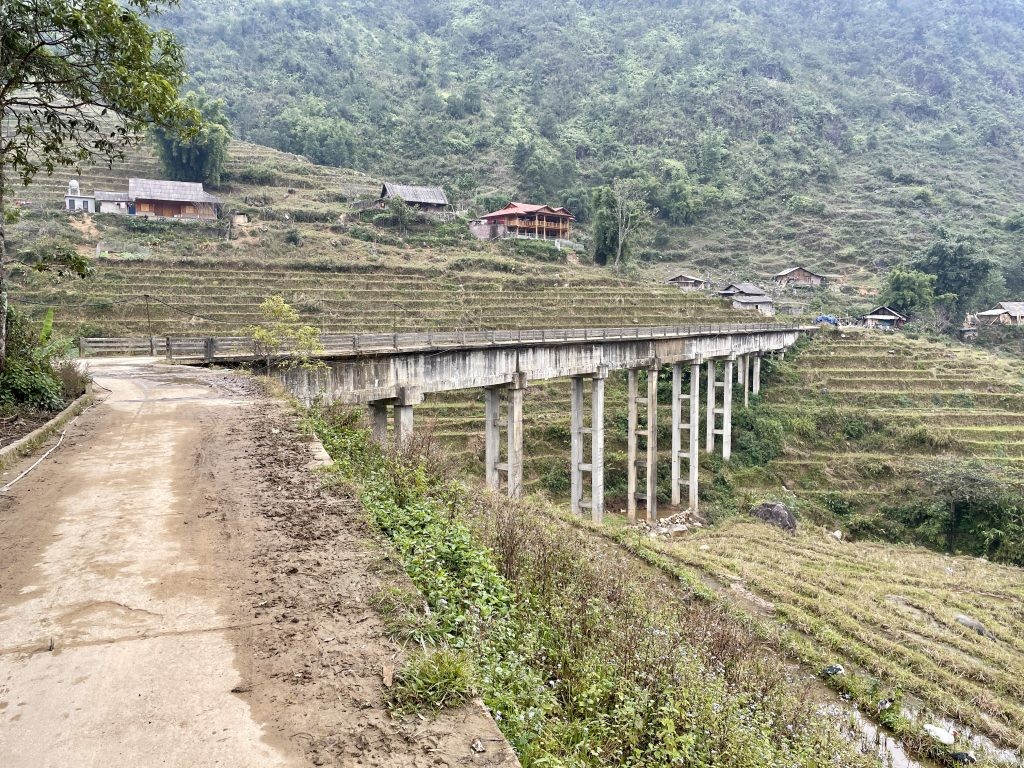 Green rice field
Green rice field
 The road out of Sapa in the early morning
The road out of Sapa in the early morning
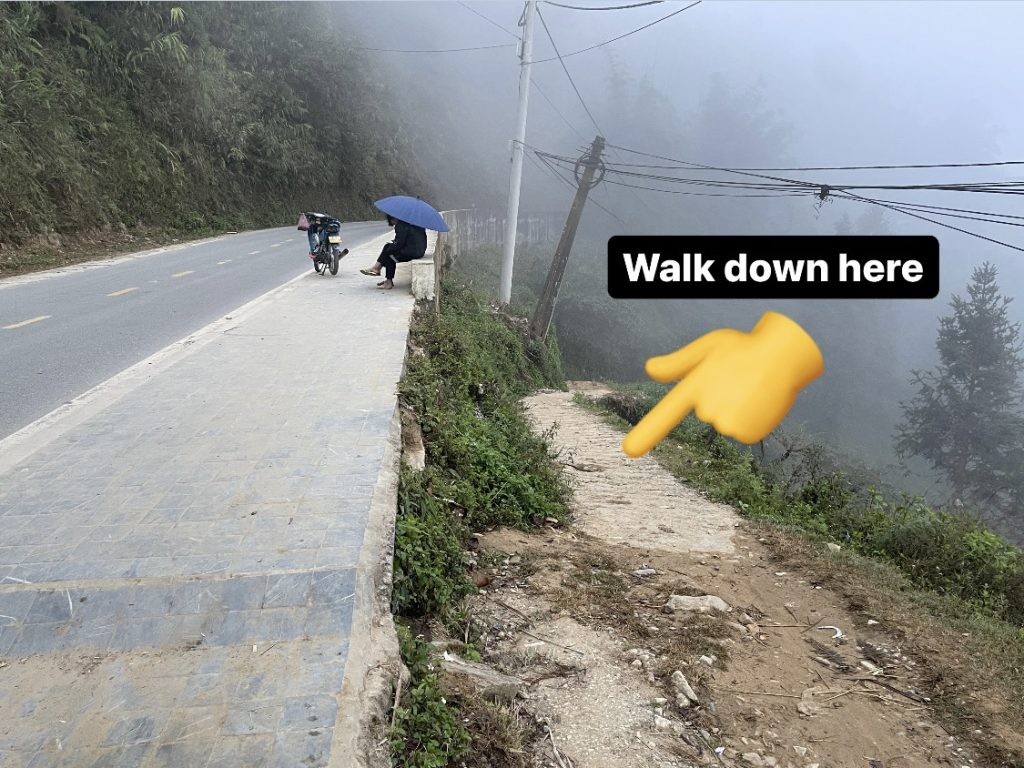 A small dirt path
A small dirt path
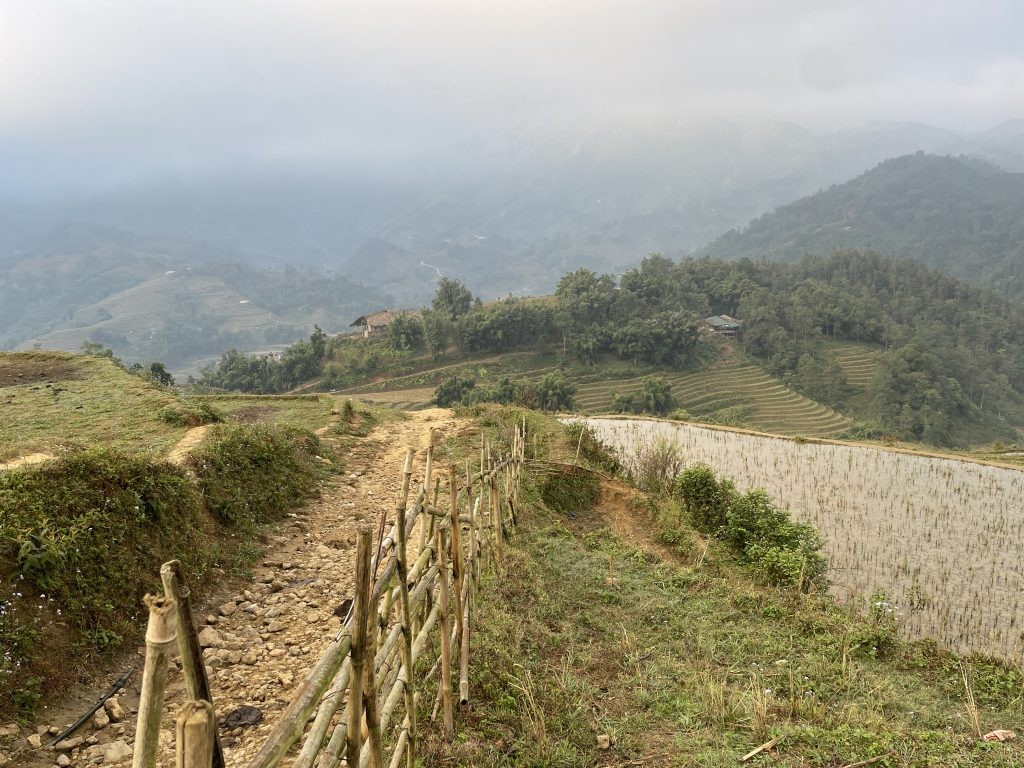 One of the paths you’ll walk
One of the paths you’ll walk
 Walking pass a water buffalo
Walking pass a water buffalo
 The valley
The valley
 Up the hill
Up the hill
 Family of pigs
Family of pigs
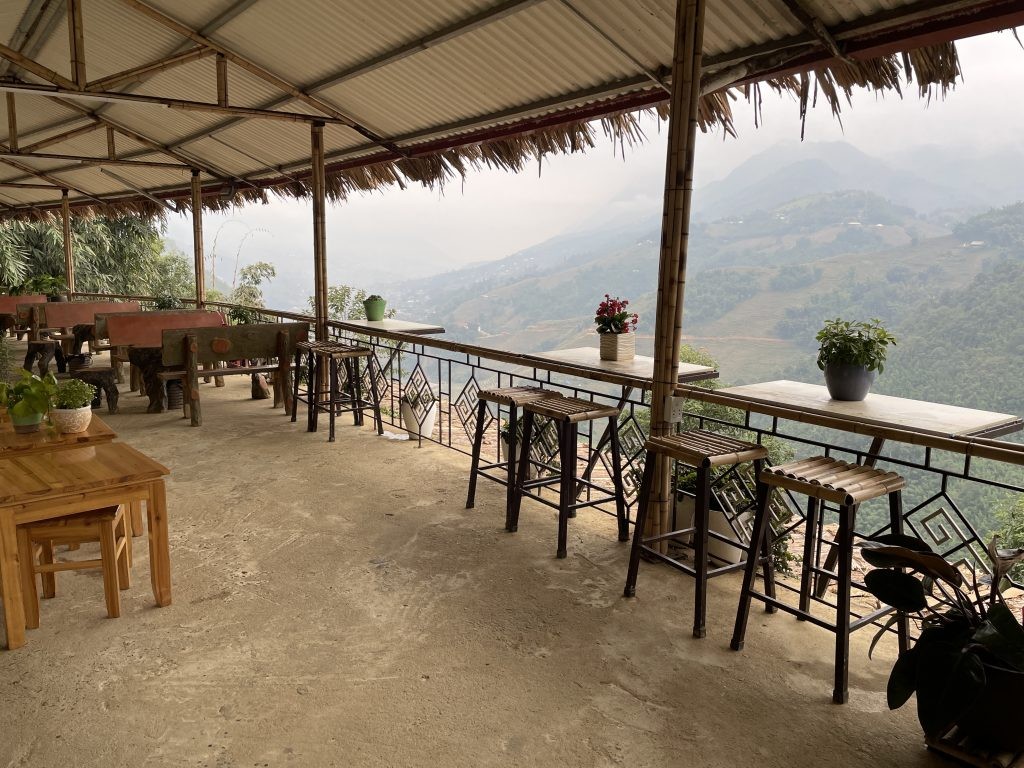 Lang Chay Restaurant
Lang Chay Restaurant
 The path you’ll walk pass
The path you’ll walk pass
 Cầu Treo Lao Chải San II Bridge
Cầu Treo Lao Chải San II Bridge
 Steep hill
Steep hill
 Lovely view
Lovely view
 The most beautiful view
The most beautiful view
 Main Street of Lao Chai
Main Street of Lao Chai
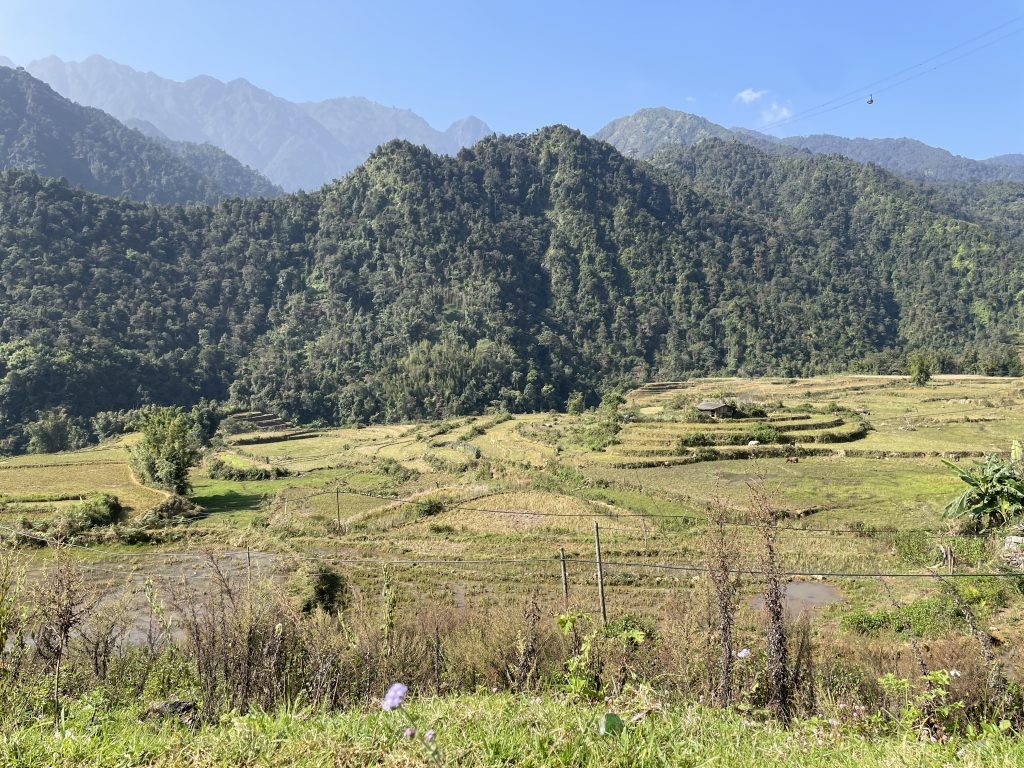 Sin Chai trek with the Fansipan cable car
Sin Chai trek with the Fansipan cable car
 At this corner, turn right
At this corner, turn right
 Path you’ll walk with the Fansipan Cable Car above you
Path you’ll walk with the Fansipan Cable Car above you
 Juxtaposition
Juxtaposition
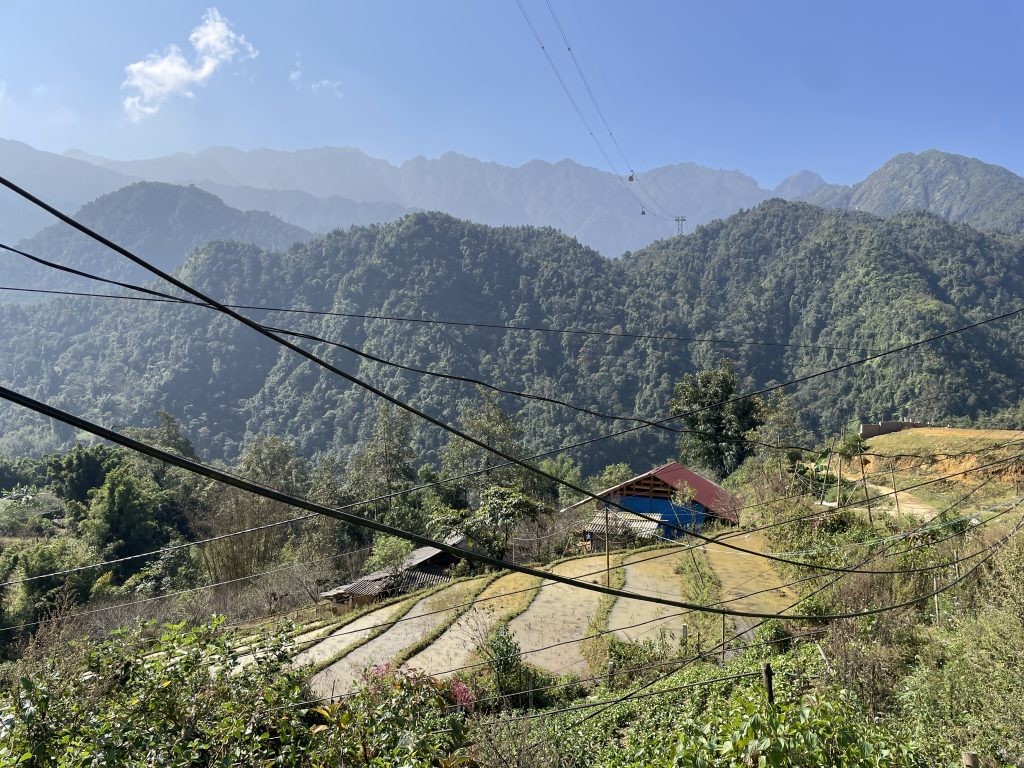 Cable car above
Cable car above
 The Sin Chai Village sign
The Sin Chai Village sign
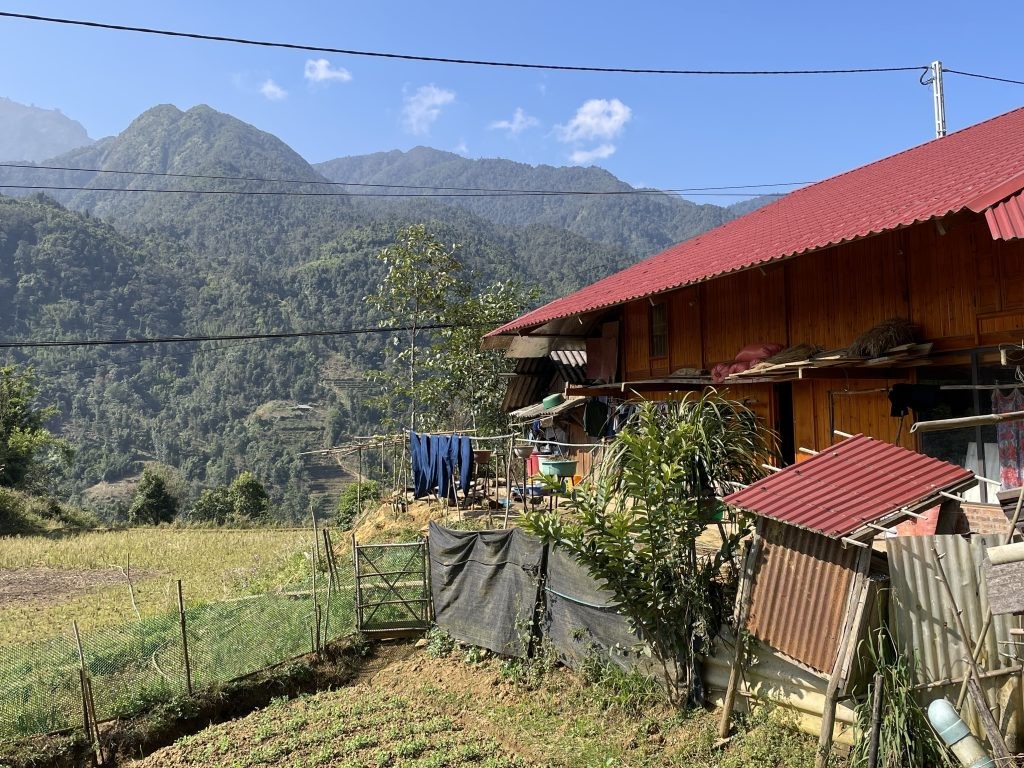 House with fabric drying
House with fabric drying
 The elderly lady
The elderly lady
 Village you’ll walk through
Village you’ll walk through
 The sign I reached where I did a loop and started walking back
The sign I reached where I did a loop and started walking back
 The view walking back to Sapa
The view walking back to Sapa
 MAP OF TREKKING ROUTES 1
MAP OF TREKKING ROUTES 1
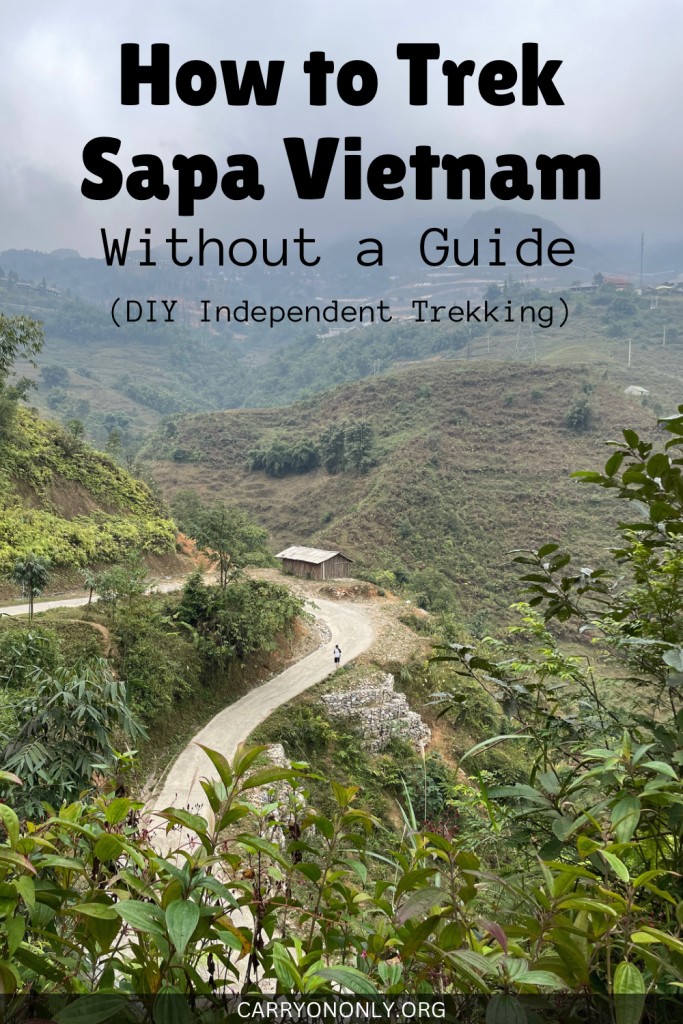 MAP OF TREKKING ROUTES 2
MAP OF TREKKING ROUTES 2



